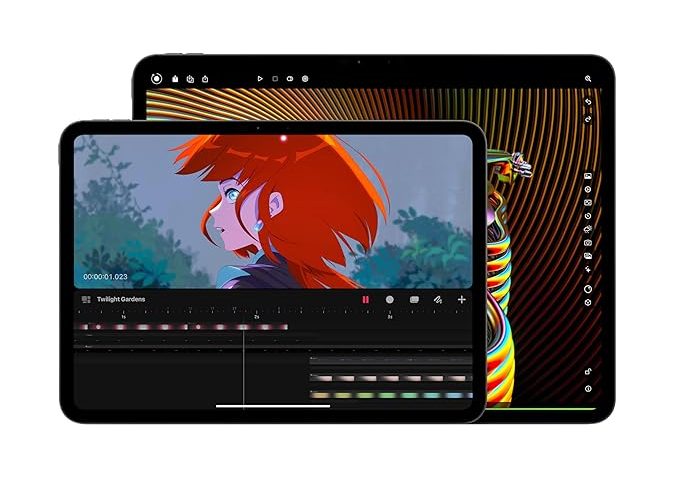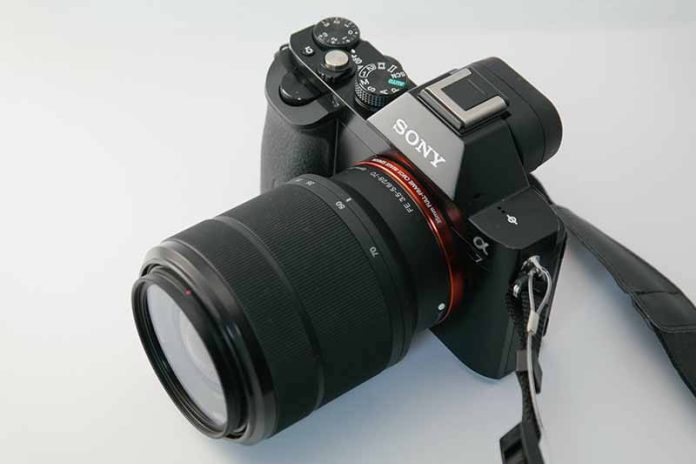Photography is not merely snapping photos—it‘s capturing feelings, narrating stories, and holding memories. Whether you are a novice or a professional, the art of photography can be mastered with creativity, technical expertise, and the right tools. In this book, we will delve into must-know photography tips, popular techniques, and equipment recommendations to get your shots to the next level.
What is Photography?
Photography is the act of recording light using a camera to produce an image. With the technology we have today, you can take amazing photos with DSLR cameras, mirrorless cameras, or even smartphones. The secret is to know composition, lighting, and editing to produce beautiful images.
Top 5 Types of Photography You Should Try
Portrait Photography
Focus: Recording the emotions and expressions of people or groups.
Tips:
Use natural light for softer skin tones.
Shoot with a wide aperture (f/1.8 – f/2.8) for a blurred background effect (bokeh).
Landscape Photography
Focus: Capturing nature‘s beauty, such as mountains, oceans, and forests.
Tips:
Use a tripod for stability.
Shoot during the golden hour (sunrise or sunset) for the best lighting.
Street Photography
Focus: Candid shots of daily life in public places.
Tips:
Use a fast shutter speed to freeze movement.
Look for interesting patterns, reflections, or quirky characters.
Macro Photography
Focus: Close-up shots of small subjects, such as flowers, insects, or textures.
Tips:
Use a macro lens for sharp details.
Pay attention to depth of field to keep the subject in focus.
Wildlife Photography
Focus: Capturing animals in their natural habitat.
Tips:
Use a telephoto lens for distant subjects.
Be patient and avoid sudden movements to avoid disturbing the wildlife.
Essential Photography Tips for Beginners
If you’re just starting, here are some practical tips to improve your skills:
1. Know the Rule of Thirds
Visualize your frame cut into nine equal parts with two horizontal and two vertical lines.
Position your subject on these lines or at their intersection for a balanced shot.
2. Learn Lighting Techniques
Natural light is the best for outdoor photography.
For indoor photography, employ soft light or reflectors to minimize hard shadows.
Try backlighting and side lighting for dramatic shots.
3. Apply the Correct Camera Settings
ISO: Controls how sensitive the camera is to light. Use a lower ISO (100-400) in brighter lighting and higher ISO in darker situations.
Aperture (f-stop): Regulates the depth of field. A lower f-number (f/1.8) will create a diffused background, while a higher f-number (f/11) will keep more in focus.
Shutter Speed: Controls the duration of exposure of the camera sensor to light. Apply fast shutter speeds (1/500s or quicker) to freeze action and slower speeds (1/30s) to achieve motion blur effects.
4. Edit Your Photos Like a Pro
Edit your photos using photo editing tools such as Adobe Lightroom, Snapseed, or VSCO to improve colors, brightness, and contrast.
Do not over-edit—go for natural and realistic outcomes.
5. Experiment with Different Angles
Don‘t shoot from eye level only—get low, high, or creative angles.
Experiment with reflections, leading lines, and negative space for interesting compositions.
Top Cameras and Equipment for Photography
Whether a novice or a pro, the best equipment makes your photography journey better.
Top Cameras for Newbies:
Canon EOS R50: Excellent for beginner photographers with easy–to-use controls.
Sony ZV-E10: Sleek and powerful mirrorless camera.
Top Lenses:
50mm f/1.8 (Prime Lens): Great for portraits with stunning background blur.
24-70mm f/2.8 (Zoom Lens): General-purpose for landscapes and close-ups.
Must-Have Accessories:
Tripod: For smooth shots and long exposure.
ND Filters: To regulate light in landscape photography.
External Flash: For improved lighting in low-light scenes.
Trending Photography Techniques in 2025
Stay in the loop with these popular photography techniques:
1. Drone Photography:
Aerial shots provide dramatic and exclusive perspectives.
Best for landscapes, weddings, and real estate photography.
2. Mobile Photography with AI Upgrade:
AI-enabled cameras in smartphones shoot DSLR-grade quality images.
Utilize features such as night mode and portrait mode for improved results.
3. Cinematic Photography:
Inspired by Hollywood-style color grading and shot framing.
Popular for use on Instagram and lifestyle shoots.
4. Creative Double Exposure:
Combining two shots to produce a dreamlike, artistic look.
Accomplished either with in-camera settings or through post-processing software.
Photography for Social Media: Boosting Your Online Presence
If you’re a photographer aiming to grow your social media following, consider these tips:
Use Relevant Hashtags:
Include popular hashtags like #Photography, #PhotoOfTheDay, and #NaturePhotography.
Use niche-specific hashtags for better visibility.
Share Behind-the-Scenes Content:
Show your setup, editing process, or location scouting.
Adds authenticity and connects with your audience.
Engage with Your Audience:
Reply to comments and ask questions in your captions.
Collaborate with other photographers for cross-promotion.
Conclusion
Photography is a creative journey that blends technical skills with artistic vision. Whether you’re capturing everyday moments or exploring new techniques, the key is to keep practicing and experimenting. With the right knowledge, gear, and a dash of creativity, you’ll be well on your way to capturing breathtaking images





















